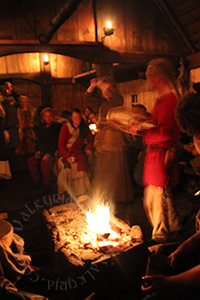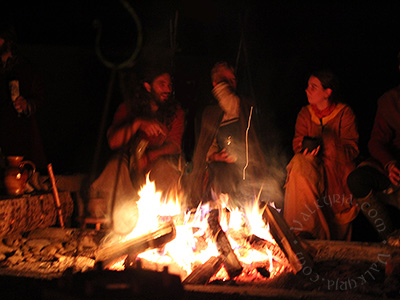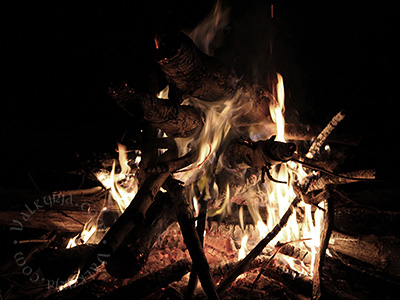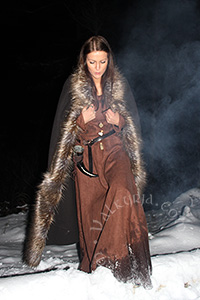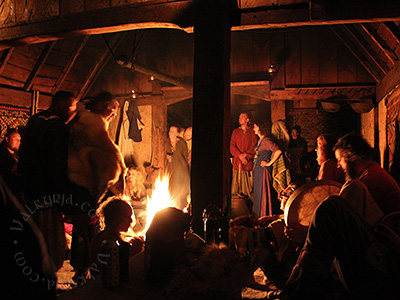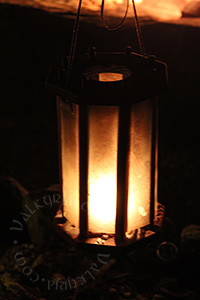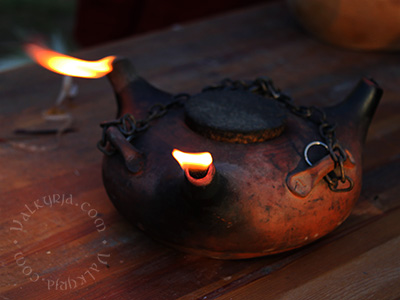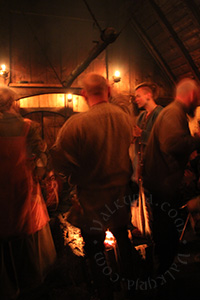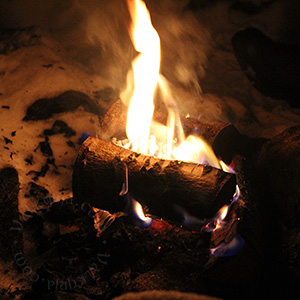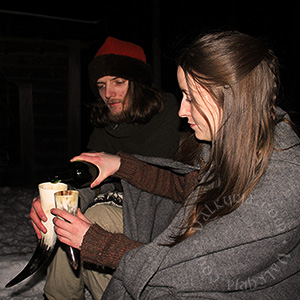|
|
|||||||||||||||||||||
I once stumbled upon a comment written by a Christian friend of mine saying that "People who don't wear crosses around their necks should be working during Christmas", and I was taken aback for a moment. Have Norwegians forgotten about their history? Do some of us own this season, more rightfully so than others? The following is an English translation of a Norwegian post written two years ago, the first of what will probably be a series of translated, further developed and elaborated versions of past ramblings from when I used to write this blog in Norwegian. 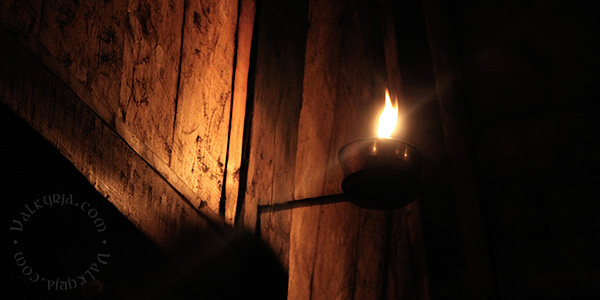
Yule (Jól) is now considered to be a Christian holiday by many Scandinavians. The mischievous Norse "nisse" and the 13 scary Yule-lads from Icelandic folklore have been replaced by the shiny Coca-Cola Santa, - and instead of the heathen Jól we celebrate a much younger and Christian tradition that came to us from the Middle East, roughly one thousand years after the church allied with the kings and Scandinavia was Christianized. The struggle to thwart pagan traditions or at least move them into a Christian framework as Erik Tornes puts it (1), had begun. Haakon the Good considered moving the heathen celebration to the same time as the Christian to be the most convenient (2).
Olaf Tryggvason later decided that the heathen celebration would become illegal, and that the new celebration was to be called "Kristmesse" - the delayed celebration of the birth of baby Jesus (which is assumed to have found place some time during the spring og early fall (3)). This name didn't quite stick in the North where we still use the heathen term Jól in Iceland, Jul in Norway, Sweden and Denmark and Yule in some English-speaking societies, while others have gone over to use Kristmesse/Christmas. The old tradition of brewing Yule ale and drinking in honor of the Æsir, friends and kinfolk also remained in the time following the Christianization, with the law demanding people to brew enough as well as strong enough (4, 5), but people were now to drink in honor of Christ and the virgin Mary instead (6). 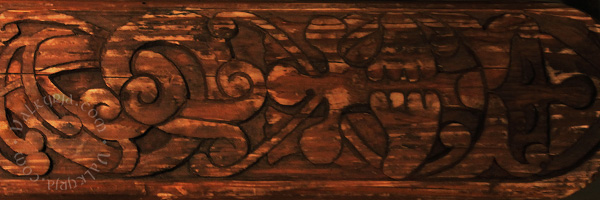
Yesterday was the winter solstice, the shortest and darkest day of the year, when the sun is at its lowest. There are uncertainties as to when Yule was celebrated in the Viking Age, but the common idea that it was at the winter solstice is believed to be a modern misconception. Some sources have suggested that the celebration took place in the month of Ýlir, the second month of winter, from mid-November to mid-December (7), connecting the name of the celebration to the name of the month (as well as to one of Odins many names; Jólnir). Scholars do however commonly claim that the celebration was held around the middle of January, centered in between the first day of winter and the first day of summer using the old Norse Calendar. On the prime staff, the 12th of January is marked with dots symbolizing snowflakes, and the tradition of Yule Ale and "drinking Jól" is further symbolized by a drinking horn on December 25th, with an upside-down drinking horn depicted on January 13th, symbolizing that the ale should be finished by then (8). According to Visted, Midwinter was on January 13-14th (9). Others have claimed that it was moveable and celebrated at the first new full moon after the solstice(10), that is, between January 5th and February 2nd, varying from year to year. In Heimskringla, Snorri Sturlusson writes that the old celebration started with Midwinters night or "Hökunótt", lasting for 3 days, and that king Aðalsteinsfóstri later had the celebration moved to coincide ith the Christian celebration (11).
Jól was celebrated as a sacramental feast or a blót, toasting for the passing of winter, for harmony, fertility and happiness in the new year, as illustrated by the ceremonial expression "til árs ok friðar" (for a good year and peace) (12). The time of Jól was also related to folklore about ancestors and guardian spirits of the farm, who looked after the farm and the family, and many of the old Norse traditions are associated with these spirits or elves, who at the time of Jól returned back home, thereby requiring ale and porridge, and a place to sleep. They would protect the children and animals and help out on the farm, but could sometimes be rather troublesome and were quite nasty if offended (9).
I myself grew up with Icelandic traditions in the Yuletide, where I placed my shoe in the windowsill 13 days before Christmas. It was during these days that the 13 Icelandic Yule lads would come sneaking one by one each day, to put something nice in the shoe if I had been good - or a lame old potato if had had been mischievous. They were however each specialized in their own form of mischief, and were admittedly sons of the troll Grýla, who would collect bad children in a sack and...eat them. She also had a cat, the Yule Cat, who would attack and eat those who had not got at least one new piece of clothing for the occasion!
The old traditions around this dark period of the year don't exactly make for cozy nighttime reading material. They are characterized by a large accumulation of folklore and fearful joy related to this season, with everything from Aasgaardsreiden (the Wild Hunt) (13) to voracious Yule cats (14). But at the same time, this mix of good and evil and all the eerie aspects of Yule can be a refreshing alternative to the modern-day materialistic season, where consumerism, shopping sprees and high cholesterol gets wrapped up in glitter and giftwrap and celebrated by people who don't really know the reason why.
We all have different reasons to celebrate this season. This dark and mysterious time of year is a natural subject to superstition and philosophy, and especially around the time of the winter solstice and midwinter. The Romans called this celebration the Saturnalia (15), the Incas celebrates Inti Raymi (16), the Iranians Shab-e Yalda (17), and the list goes ever on... I for one wish you all a merry Yuletide, and the freedom to celebrate midwinter as you choose; just please don't claim it as your own, or as the possession of your one religion. 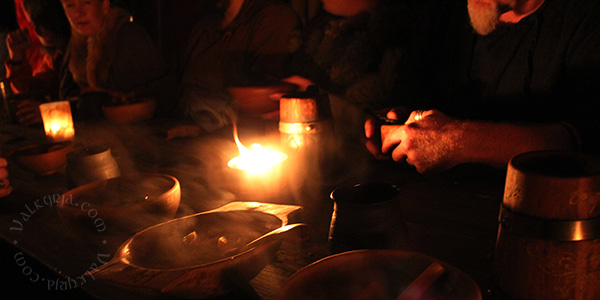
|
 
|
||||||||||||||||||||
|
|||||||||||||||||||||
